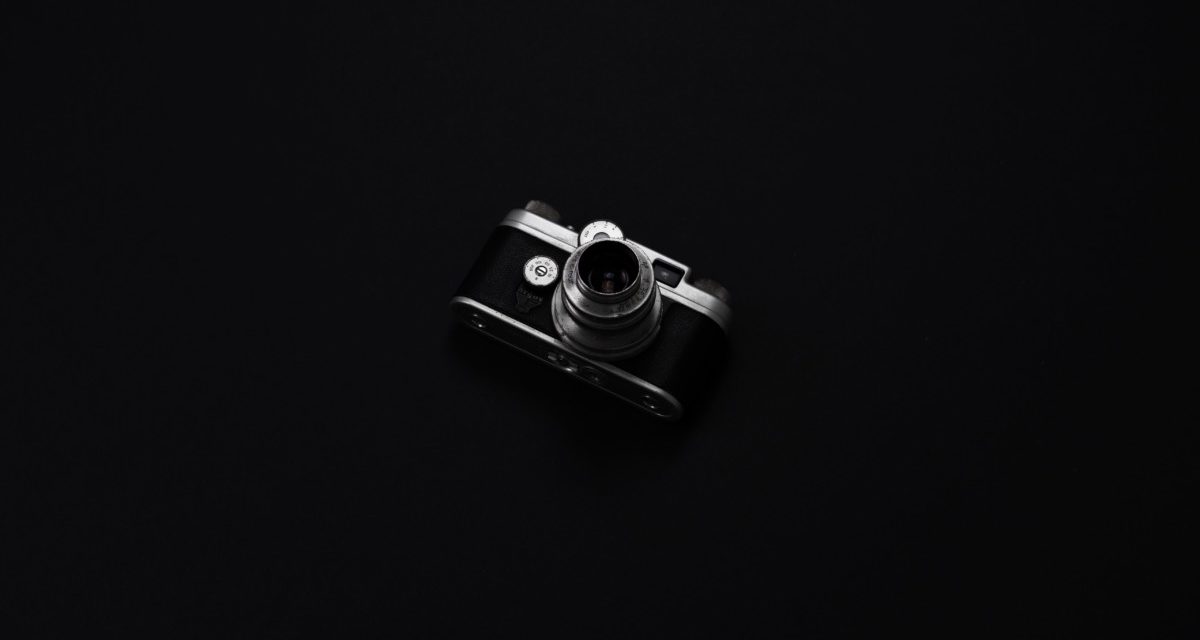[ad_1]
When travelling around the world, as many people do these days, there are few accessories more important than a camera, other than the obvious essentials such as passport, cash, phrase book, flip flops, sunnies etc. A camera is the one thing that will allow you to capture those once-in-a-lifetime memories, that can be relived for years to come.
However, something so seemingly obvious does present a number of potential questions; do you take a DSLR (Digital single-lens reflex), or a pocket point and shoot? DSLRs are relatively large heavy, fragile and expensive, while a point and shoot is easy to lose and may lack when it comes to image quality. Do you pack a video camera too? If planning lots of extreme sports adventures then a video camera is a nice option, but again, video cameras can be fragile, heavy and expensive. If only there was an alternative. Enter the action camera.
Resilient
Action by name, action by nature, action cameras are built to withstand the toughest of conditions, from snow and rain, to mud and dust. When travelling, there's no escaping the fact that your camera will be subject to a degree of wear and tear, as being tossed around in a backpack and exposure to extreme weather conditions eventually take their toll. No type of camera is able to withstand these conditions like an action camera.
Small and lightweight
The vast majority of modern action cameras are small enough to fit into a pocket, and weigh less than a mobile phone. As well as keeping luggage weight down to a minimum, these pocket-sized cameras can be taken anywhere, from cultural excursions, to nights out. Because of their resilience, there's little need to carry action cameras in a protective case, which again saves on weight and valuable backpack space.
Feature rich
Action cameras are designed with capturing video in mind, with most new models boasting full 1080p recording, there's no better option for doing so. Additionally, many action cameras offer impressive image functionality, typically varying between five and ten megapixels. For the experimental types, burst mode offers a good way of capturing stills in sequence, while recording time-lapse footage makes an interesting alternative to standard video footage.
Versatile
With the right accessories, an action camera can be taken virtually anywhere. One of the most common activities amongst travellers is scuba diving, or snorkelling, and what better way to capture these underwater experiences than in high definition video. Some action cams, such as the GoPro HD2, or the Drift HD can be fitted with a waterproof housing, which will allow you to take the camera as deep as 60 metres, in some cases. There are also many other sport-specific accessories and mounts available, which can be purchased separately depending on what type of activities you're planning.
Affordable
Action cameras tend to sit in a price range of between £120 – £300, with specialist packages and accessory bundles costing a little more. Like most types of cameras, the price typically reflects the quality of the camera and the amount of features it has. The GoPro HD2 sits towards the top end of the price spectrum, but packs full 1080p recording and a plethora of features, accessories and mounting options. Alternatively, the Drift HD 720 is considerably cheaper, and while still rich in features, only records in 720p.
Summary
For travellers who like their trips with a side of adrenaline, an action camera is must-have accessory. If it's DSLR-standard photographs you're after then you'll need a DSLR camera, but for capturing true experiences that can be relived time and time again, there's nothing quite like an action cam.
[ad_2]
Source by Matt A. Taylor

